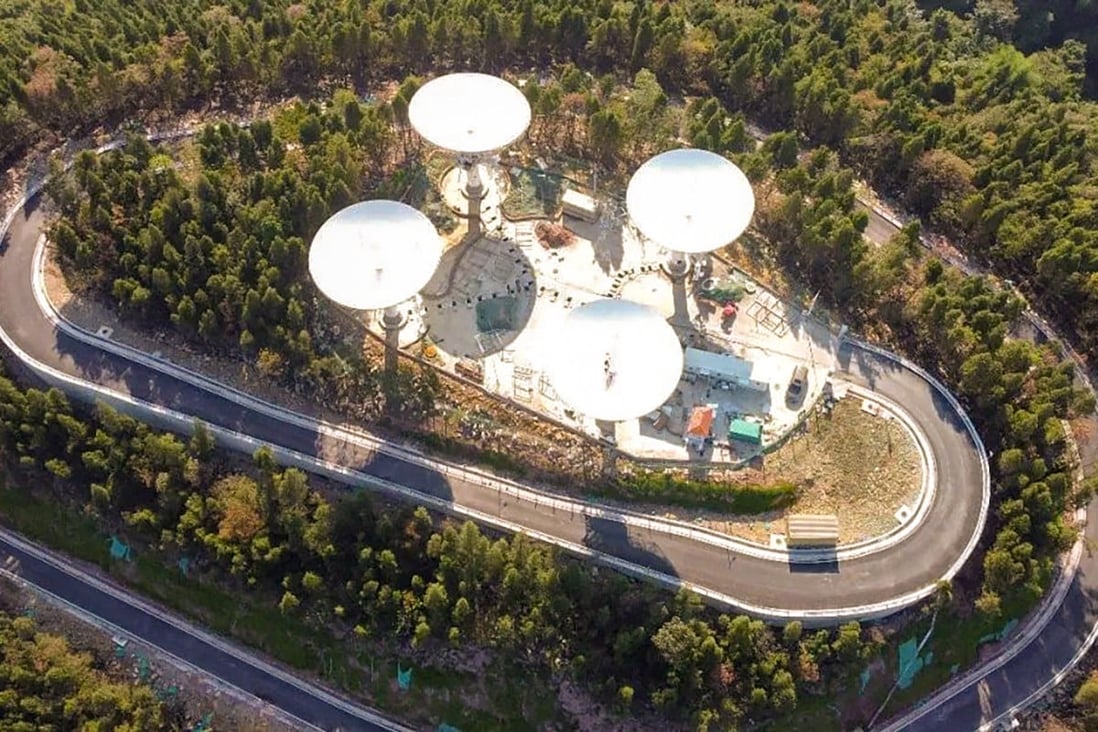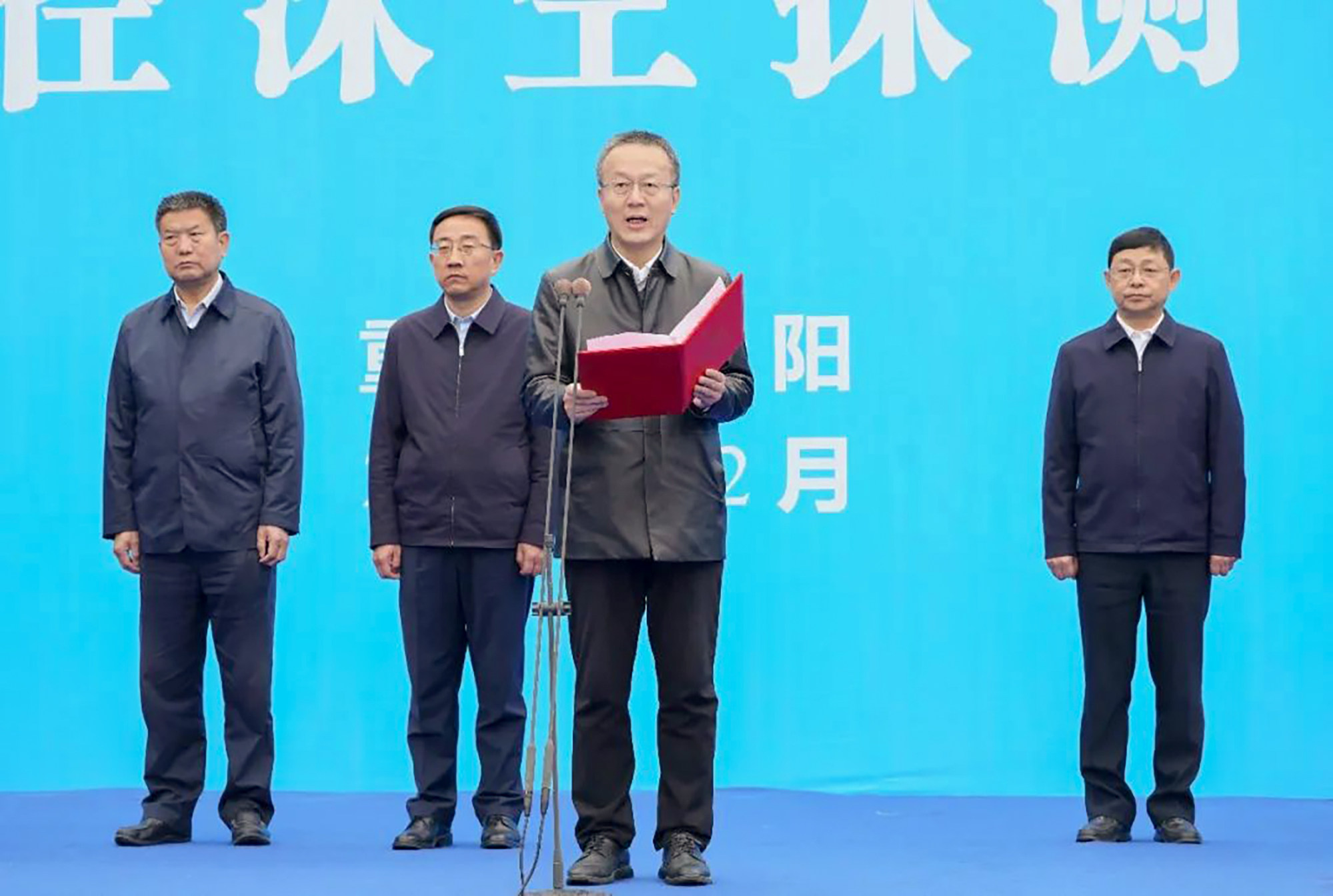On February 14, Beijing started the second phase of China’s deep-space observation radar station, known as the “China Compound Eye,” in southwest China’s Chongqing Municipality.
With this development, China’s goal of building the world’s most powerful space observation radar—one that could see farther and more detail than ever before—came one step closer to completion.
The project is being led by the Beijing Institute of Technology (BIT). Once completed, according to BIT President Long Teng, Chongqing “will become the world’s capital of asteroid research.”
The facility covers an area of more than 1.2 square kilometers (300 acres). The BIT stated that the initiative will allow China to maintain its dominant position in deep space technology “for a long time.”
The second phase, which China claimed to be the beginning of a new chapter in their research, will support the growth of high-end sectors such as big data, electronic information, and satellite internet in Chongqing.
According to the institution, the project will be a crucial contribution to China’s ongoing planetary science research and the country’s near-Earth asteroid monitoring and defense system, which was initiated by the China National Space Administration.

China began the construction of this facility in July 2022. Overall, this facility will be used to discover and track asteroids that potentially pose a hazard to Earth.
According to the previous reports, the entire system will include more than 20 radar antennas, each measuring 25-30 meters in diameter, and will be capable of detecting asteroids as far away as 150 million kilometers.
Furthermore, the radar system will assist in identifying a suitable landing site for the Tianwen-2 mission, which is scheduled to launch in 2025.
Tianwen-2, formerly ZhengHe, is a Chinese asteroid sample return and comet exploration mission currently in development. It will aim for near-earth asteroid 2016HO3, also known as Kamoalev, which is estimated to be 45-60 meters in size.
China Compound Eye Radar System
The China Compound Eye, a high-resolution, ultra-large distributed aperture radar deep space active observation system, will be able to observe asteroids as they approach the Earth in crystal-clear detail without interference from light or clouds.
The China Compound Eye will function as a space surveillance camera, able to identify potential threats to satellites or space stations early enough for them to be eliminated or averted.
The project is organized into three stages, the first of which included the activation of four radars in December 2022, resulting in the creation of the first distributed radar-based three-dimensional map of the lunar surface.
The initial radars, each with a 16-meter (52.4-foot) aperture, were successful, demonstrating the viability of the system and several of its essential technologies.
By the time stage two is finished in 2025, the facility will have 25 radars with 30-meter (98.4 feet) apertures. Following the second phase’s completion, the third phase will increase radar numbers to above 100 and broaden the capabilities of human deep space exploration.
Chinese scientists believe this project will also support modern scientific research on planet formation and the habitability of the Earth.

With a detection range of 150 million kilometers (93 million miles), the China Compound Eye will eventually be able to see far-off image asteroids and celestial bodies, including the moon, Venus, Mars, and Jupiter, with extreme precision.
The China Compound Eye operates similarly to a bat’s sonar system by transmitting electromagnetic waves and capturing their echoes. Like an insect’s compound vision, multiple-aperture, deep-space detection radars operate by combining into a single, large antenna.
According to Chinese researchers, the Chongqing facility is crucial to the nation’s planetary defense system. It will be able to track an asteroid the size of a soccer ball from tens of thousands of kilometers distant to determine whether it poses a threat to Earth.
The new radar technology might also help China with its asteroid mining aspirations, which were widely covered in a piece by the EurAsian Times.
Yet, asteroid mining is quickly becoming the next battleground in the US and China’s quest to harness space resources, which has also raised concerns about the militarization of space.
Overall, this facility will offer high-resolution studies of main-belt asteroids, spacecraft, the moon, Venus, Mars, and other Earth-like planets, as well as deep airspace targets like Jupiter satellites, satisfying key national objectives like near-Earth asteroid defense and situational awareness.
- Contact the author at ashishmichel(at)gmail.com
- Follow EurAsian Times on Google News




